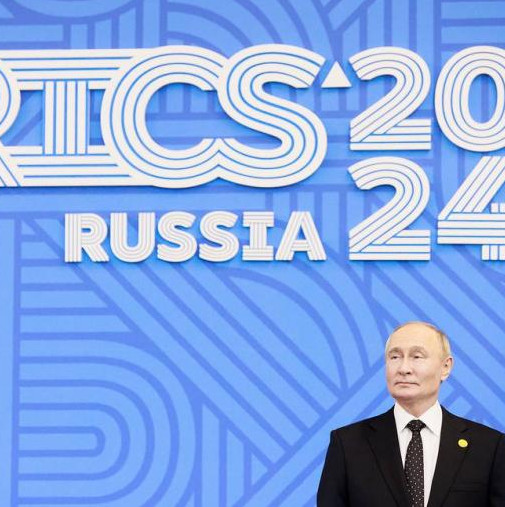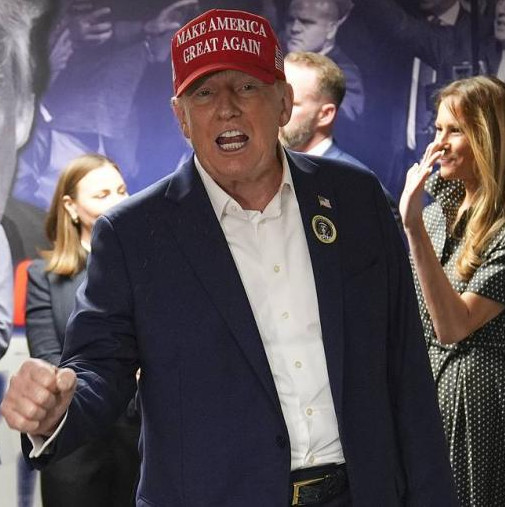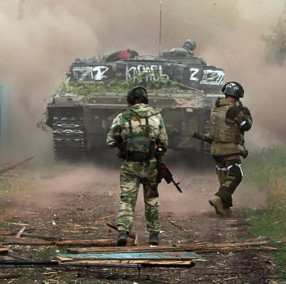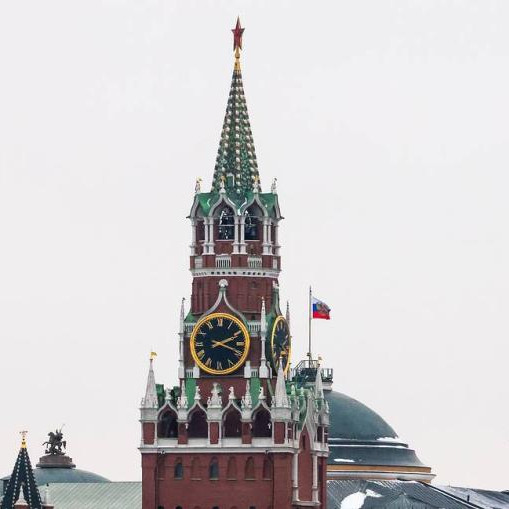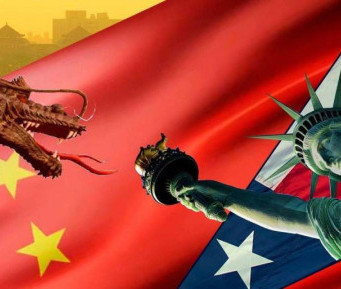With the first voting of Ukraine’s presidential election behind us, the first results may be reviewed. The major one is that the old political system has suffered total defeat (Poroshenko scored 15.95% of votes against Zelensky’s 30.24%), though not because Zelensky is “a progressive fresh face,” but because his voter has turned against all previously known politicians. Now the second round is ahead. So what do the candidates promise to Ukrainians, what measures do they employ for pledges of better life?
Pyotr Poroshenko revealed his idea of Ukraine’s economic future this February, while Vladimir Zelensky did it a while later, in March. If compared, they show that overall the programs of contestants for the Ukrainian presidency are little different from each other.
In the field of outward-looking economic policy, Pyotr Alexeyevich has repeatedly demonstrated his commitment to the course for European integration, pledging to apply for EU and NATO memberships in 2023-2024 in the event of his win. When announcing the position of Vladimir Zelensky, his legal adviser Irina Venediktova noted, that the candidate’s team had met diplomatic representatives of many European states. “We have managed to assure them that the pivot to EU and NATO is a cemented course,” she said, adding that the association agreement would be implemented.
As for the domestic economic policy, both candidates have declared a course for reduction of the tax burden on businesses. Specifically, both suggest that the profit tax should be replaced by the tax on transferred capital (payments will only cover the money flows that are pulled out from the business, for example, as dividends). It is worthwhile noting that Pyotr Poroshenko submitted a respective bill to the Verkhovna Rada last summer, though so far it is dead in the water in the parliament. Zelensky’s proposal is to enhance the measure with a few others. For example, to provide young entrepreneurs with a year of preferential tax treatment (rates have not been disclosed).
Moreover, Vladimir Zelensky offers introducing a nil return on a one-off basis for the business. The point is to enable each entrepreneur to formalize revenues by paying a 5% tax. “Having gone through economic purgatory,” each person will gain the chance to do fair business in the country in the future, he believes.
Poroshenko pledges to maintain the de-centralization line, thanks to which “”the revenues of local budgets have risen more than three-fold, as well as wide-scale road mending and social infrastructure reconstruction projects have been launched.” Zelensky is also in tune for a similar line for the sake of “an equal development of the regions.” He suggests that “the authorities should see the problems on the ground, not out of the windows of their offices in Kiev.”
If he is re-elected, Pyotr Alexeyevich intends to lower the level of labor migration by Ukrainians through encouraging them to work in the home country. For doing that, it is planned to add hundreds of thousands of jobs once five strategic priorities are implemented: to ensure a top position in Europe’s agricultural sector, to become one of top five global IT players, to create a transport hub in Ukraine, to win regional leadership in industrial development, and to attract tourists to Ukraine as one of the most visited European countries. On the other hand, Zelensky also promises to make sure that Ukrainians that are spread all over the world, will wish to return home. His slogan is to substitute “want to get back” for “want to leave.”
Poroshenko considers IT sector to be one of focal areas of economic development, which he expects to become the major driver of economy. However, it should be fueled by a shift from providing outsourcing services (the main type of services now) to forming a creative IT industry in Ukraine (though there are hardly any specialists left).
In the agriculture sector, Pyotr Alexeyevich is keen to boost production and export of processed products instead of primary produce. “We will focus efforts on attracting investment and bolstering exports of high value-added products,” his program states. Although the main consumer, the EU, prioritizes particularly imports of primary produce from Ukraine.
Zelensky’s program also contains such IT and other initiatives as a target of turning Ukraine into the world’s biggest hub for startups and high-tech production.
One of priorities of Poroshenko’s economic program, which Zelensky does not mention, is the development of tourism. He has set a goal to join Europe’s top ten most popular cultural and tourist destinations in five years. Since tourism is a huge market for small and medium-sized businesses, that is set to support enterprises related to the development of tourist potential.
Both candidates advocate the formation of a “transparent land market” in Ukraine. Zelensky has presented that issue as a separate point of his program. The official program of incumbent President has no such point, though in public addresses, Poroshenko has also repeatedly declared for “a transparent land reform.”
A whole paragraph of Zelensky’s program is focused on efforts to put an end to economic pressure on the business by law enforcement bodies. “The time has come to restore confidence in law enforcement authorities, which we cherished when the reform was introduced. The Ukrainian Security Service (SBU) should not deal with financial crimes,” he suggests. Pyotr Alexeyevich has confined himself to statements “about a global trend of intensified anti-corruption policy” so far.
One of Zelensky’s “fresh ideas” that may gain voters’ sympathy, is to introduce “an economic passport of a Ukrainian.” The gist of it is that each child will have the right to accumulate in the account part of the state's natural wealth (subsoil, land, etc.). After reaching adulthood, the child will receive those savings as a start-up capital.
All in all, if compared, the election programs of Ukrainian presidential candidates show that Vladimir Zelensky upholds more liberal economic ideas than Pyotr Poroshenko. He makes it clear that “it is necessary to minimize the number of state activities,” and vows to “bring the whole set of functions of the state to the size of a smartphone.” Meanwhile, acting head of the state highlights five strategic priorities of the country’s development, the increase of wages and pension benefits. Though deregulation steps have also been made during Poroshenko's rule, there are far more examples of the state’s intervention in the economy in the program of incumbent President. The fact itself is neither negative, nor positive, all depending on how successfully the chosen policy is being administrated.
As for the essence of economic points of presidential contenders' programs, the bulk of proposals are rather of slogan-like nature. For example, the impact of substitution of the tax on transferred capital for the profit tax on the Ukrainian budget replenishment is unclear. Whereas how elaborated economic proposals are is of critical importance as both Ukrainian presidential candidates have little room for manoeuver in case of win. As Finance Ministry of Ukraine reported on April 3, forecasted payments that should be made in 2019 as part of debt service and redemption, totals $17 bln. With the current state of the Ukrainian economy, it is hardly possible to service them without taking out new loans, for doing which the IMF’s terms should be met. That is why the ‘energy issue’ will remain the key one both for people and entrepreneurs, whatever the outcome, and housing and community amenities payments are unlikely to go down. Nor are gas tariffs, apparently.
